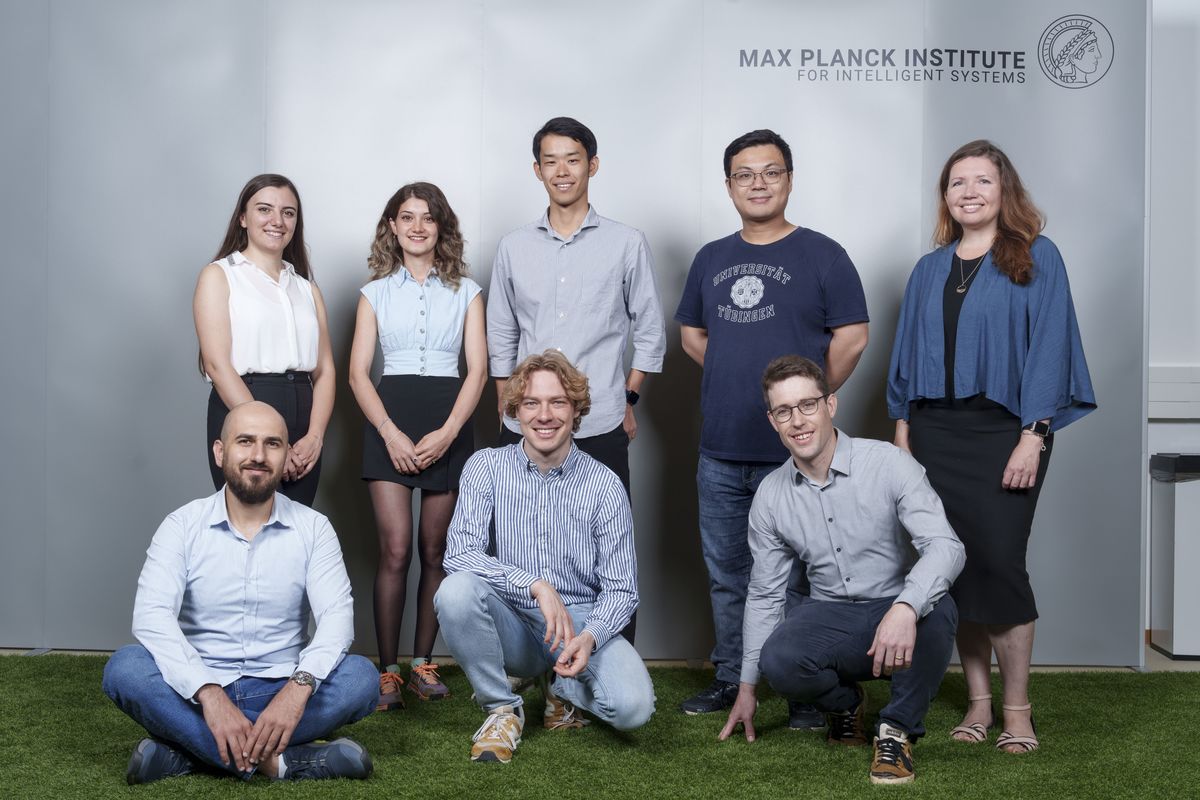Research Overview

We conduct fundamental research in online learning, physics-informed machine learning, and large-scale optimization for enabling the next generation of cyber-physical systems. While our research is of fundamental nature, it is often evaluated in real-world experiments, which includes a ping-pong playing robot that is actuated by pneumatic artificial muscles, balancing robots that are severely underactuated, magnetic navigation systems, and flying robots.
The current paradigm in supervised machine learning is to fit high-capacity models to large amounts of data. Prior information, such as causal structures, first-principles from physics, or a-priori known symmetries, is often discarded, and as a result, predictions may not generalize to unforeseen situations, i.e., situations that are not adequately captured with the training data. This is particularly relevant for the use of machine learning in cyber-physical systems (such as medical robotic systems, the smart grid, or transportation systems), where safety and reliability is a primary concern. We analyze the problem of decision-making for these systems, which includes investigating and developing data-driven methods that explicitly incorporate prior knowledge. The incorporation of prior information often leads to a reliable quantification of uncertainties and can potentially be exploited by optimization algorithms for fast decision-making. As a result, the research contributes to a safe and reliable deployment of machine learning algorithms in cyber-physical applications.
Our research includes the following machine learning aspects:
1) Predictions: In our work, e.g., [], we investigate how prior domain-specific knowledge can improve the predictions of deep neural networks. For example, for the prototypical problem of fluid flow predictions, we showed that models preserving Lyapunov stability tend to generalize better. The work highlights that incorporating even basic properties such as Lyapunov stability, can already improve predictions. We further designed generative models [
] that adhere to causal principles in the data-generating mechanisms, provided statistical performance guarantees for generative models [
], or introduced an adversarial training approach that is both scalable and largely improves robustness to label poisoning [
].
2) Decisions: Mathematical optimization represents the basis for rational decision-making and lies at the heart of most machine learning methods. While algorithms for convex optimization problems are well understood, there are many open questions regarding the design of efficient algorithms for nonconvex problems. In our work, e.g., [], we rigorously analyze and quantify the convergence rate of constrained optimization algorithms in convex, nonconvex, stochastic, and non-stochastic settings. Our work exploits analogies between algorithms and smooth and non-smooth dynamical systems, enabling both a qualitative und quantitative understanding of important phenomena, such as acceleration, the role of (non)-stochasticity, and the interaction between different algorithmic components (bilevel optimization).
3) Experiments with real-world testbeds: We build cyber-physical systems for testing and evaluating our learning and decision-making algorithms []. We showed in experiments with various robotic testbeds (balancing robot, different flying vehicles, robot for playing table tennis) that incorporating prior knowledge leads to sample-efficient and safe learning. Compared to black-box reinforcement learning approaches, such as proximal policy optimization or soft-actor-critic methods, the work [
] demonstrates how improvements in sample complexity by an order of magnitude or more are attained in comparative studies on the same robotic platform.